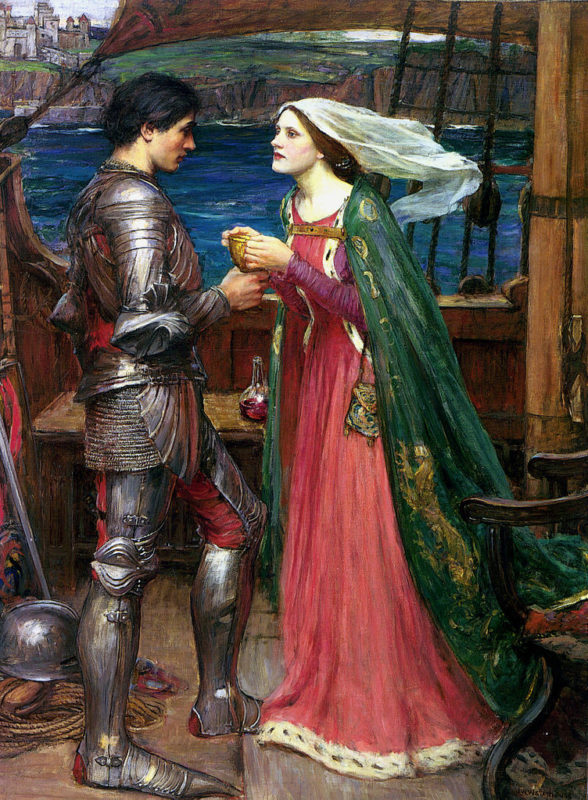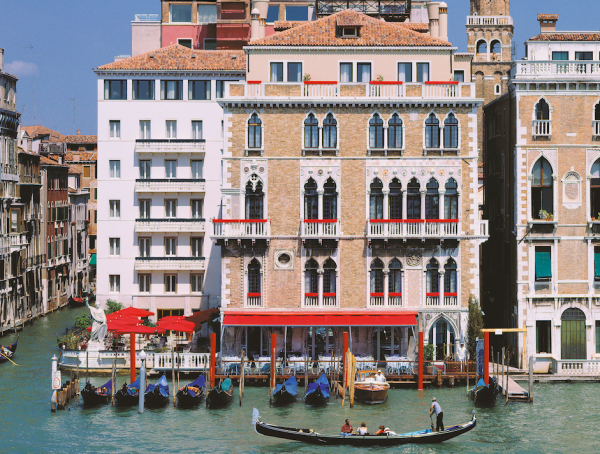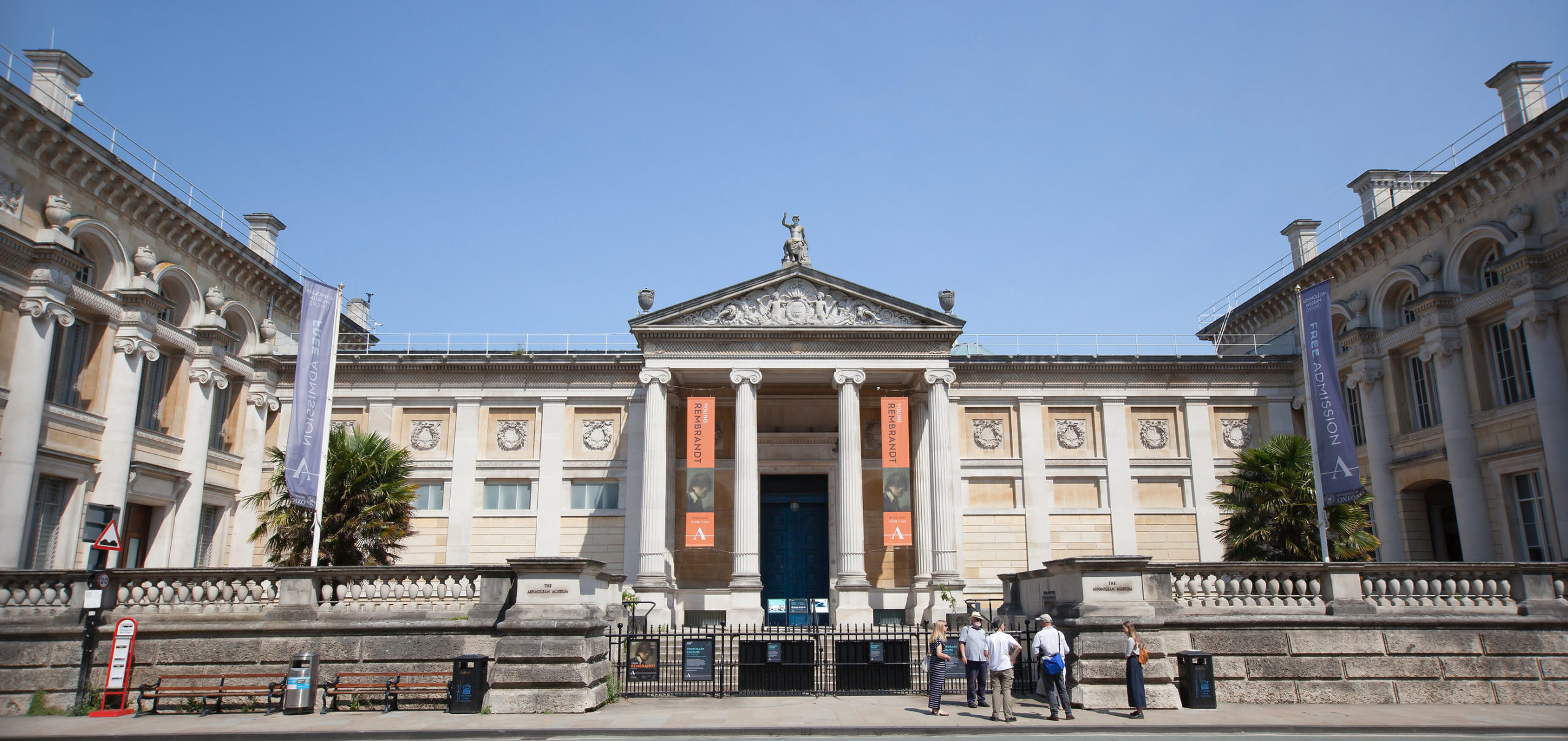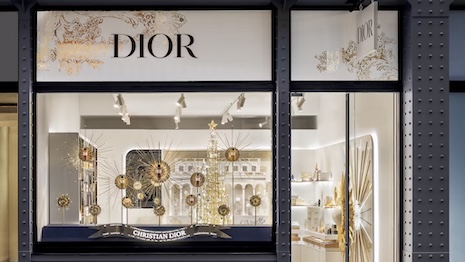The Victorian Era (1837–1901) became a time of rapid change that affected almost every single area of people’s lives. With the United Kingdom economy becoming more and more dependent on large-scale production and factories, many felt like they were losing something in the process. As the Industrial Revolution gained ground in the first quarter of the 19th century, more and more people started turning back to what they thought to be the simpler and purer times — the Dark Ages. Medieval Revival influenced everything, from philosophy to art to home decor. Let’s take a look at what exactly made this movement so prominent in the Victorian era.
Medieval Revival: Why Victorian Artists Loved the Dark Ages
Medievalism was not always considered appealing in the 19th century. For example, when the Pre-Raphaelite Brotherhood (PRB) started incorporating Medieval ideals and aesthetics into their art, they were met with criticism. At that point, the Dark Ages were still perceived as, well, dark and associated closely with cultural downfall, primitive, and regressive. Some members of the PRB even left the movement because of that.

The view of the Medieval times as barbaric and uncivilized prevailed for quite some time. In fact, we can still see the influence of the Victorian perception of the Dark Ages in our modern understanding of that historical period. However, at some point, this judgment started co-existing with the romanticization of the British Medieval past. In many ways, the Pre-Raphaelites had a significant influence on the general aesthetics that became the backbone of the Medieval Revival movement. For example, Art Nouveau, one of the most prominent arts and crafts movements of the time, drew inspiration from medieval craftsmanship.
Many Victorians believed that the spirituality and purity of the Medieval period, which had been lost in the Industrial era, needed to be brought back. This was especially apparent in the fine arts: artists were drawn toward subjects they picked up from Medieval legends and religious texts and adopted many features of Early Renaissance and Medieval art into their work. For instance, the 12th-century romance of Tristan and Isolde was a massive source of inspiration for many Victorian painters.
Following its resurgence in the 1970s pop culture, the Medieval Revival is returning once again to today’s public discourse. One might see how it relates to the modern state of the world. With the pandemic leaving many in the confinement of their city apartments and the constant overwhelming noise of information, it is not surprising that people are actively seeking refuge in the simpler, idyllic times.










